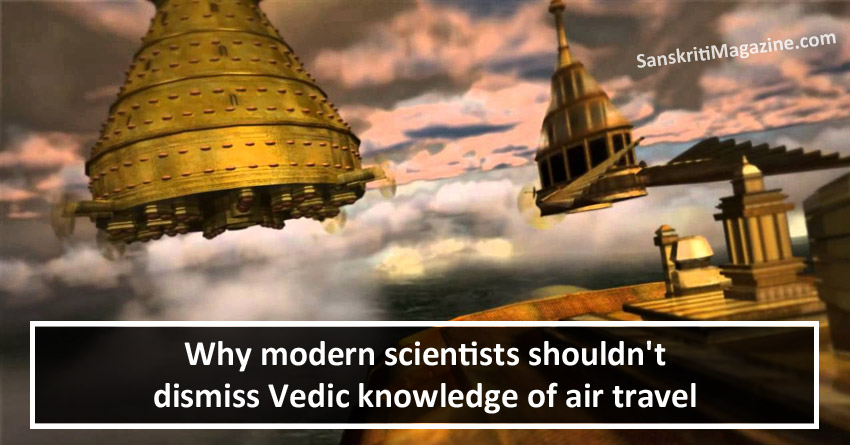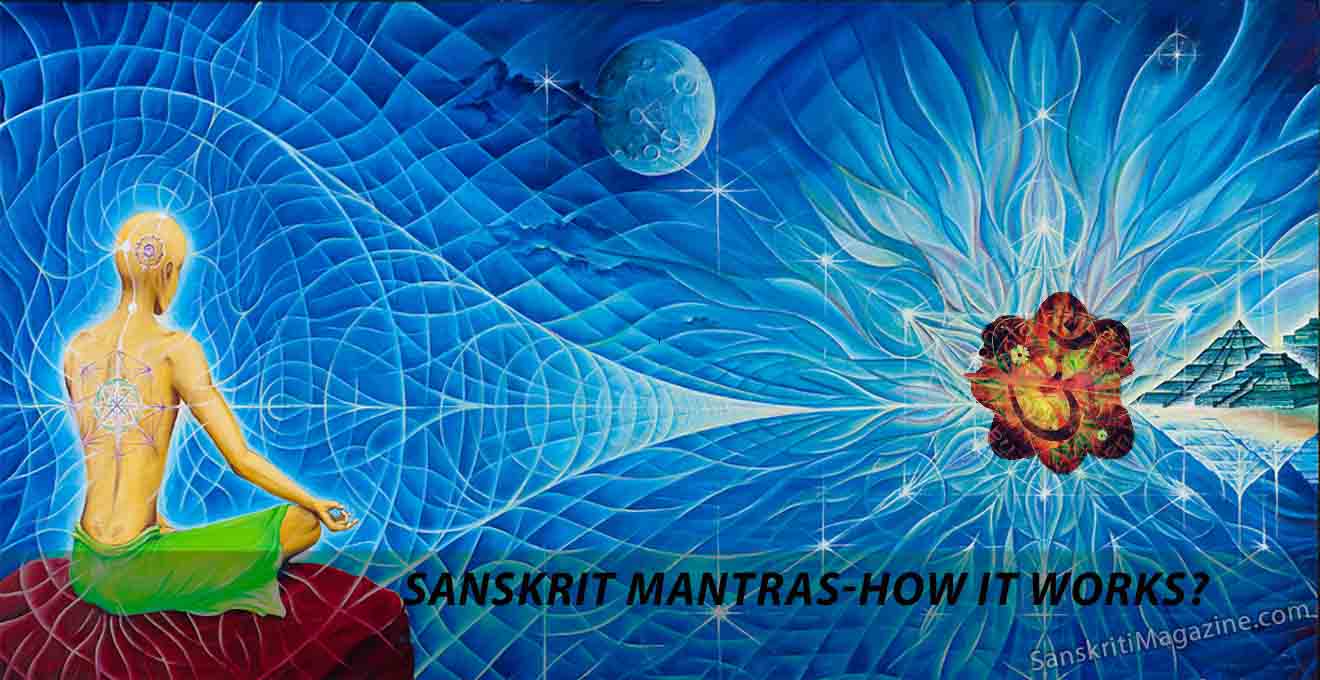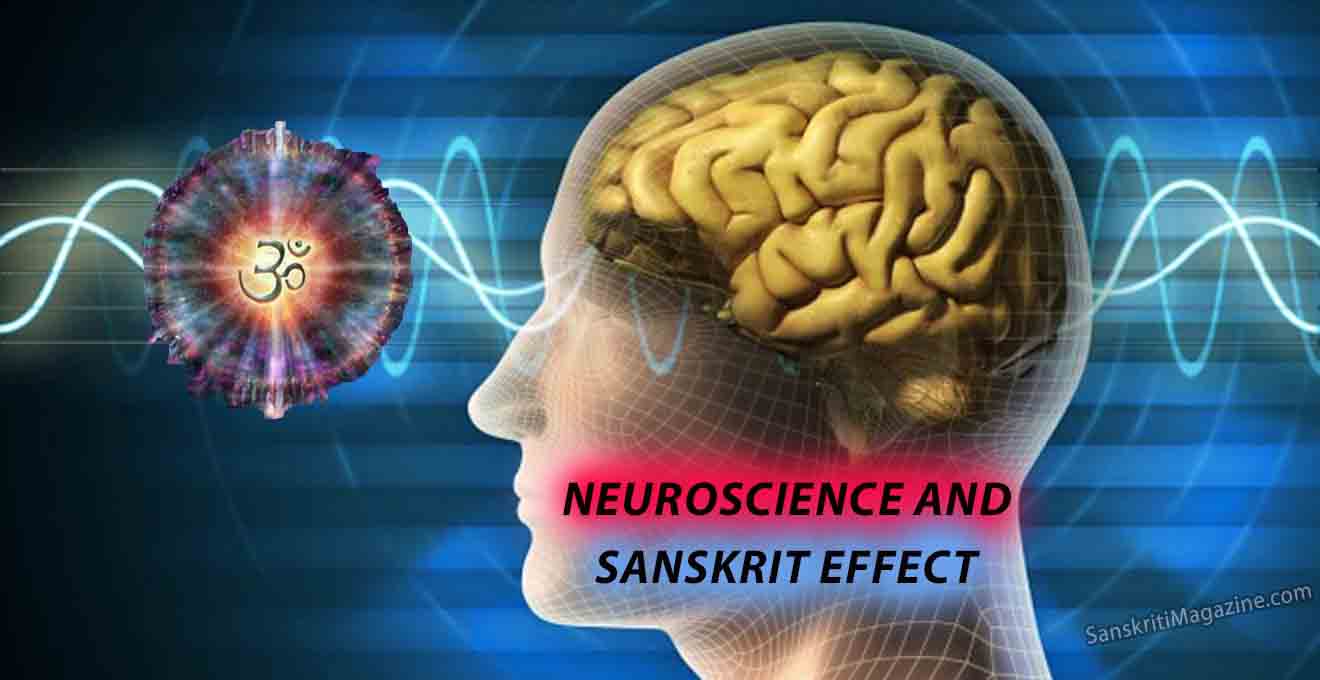The claim that ancient Indians had airplanes and that their science is described in Maharshi Bharadvaja’s Vimana Shastra has been refuted many times. Scholars believe that this book is a late 19th century forgery.
The reason why this claim gets published in the Indian press from time to time is due to the workings of Gresham’s law according to which “bad currency drives out good”. Indian universities have generally neglected the study of the history of Indian science, and have ceded this space to amateurs. The lesson to be drawn in such outrageous claims is that major Indian universities should run academic programs in the history of Indian science.
Some argue that study of Indian science is time wasted. This view is wrong for many reasons. Indians did make amazing contributions to mathematics, astronomy, biology, chemistry, and other disciplines, and it is good to know for these contributions are now a part of the world scientific heritage. Indian sciences of the mind may still have lessons for the modern scientist. Perhaps the most impressive aspect of the Indian tradition is its deep consideration of the problem of consciousness, which for us moderns is the frontier of science.
Indian texts are also impressive for what may be termed the equivalent of science fiction, and in this they are unique in ancient literature. The Mahabharata speaks of an embryo being divided into one hundred parts each becoming, after maturation in a separate pot, a healthy baby; this is how the Kaurava brothers are born. In the story of Balarama, the embryo is transplanted from one womb to another which makes him a brother to Krishna, although he was born to Rohini and not to Devaki.
The Ramayana has its Pushpaka Vimana. The Mahabharata has mention of space travelers wearing airtight suits. According to the well-known Sanskritist JAB van Buitenen, in the accounts in Book 3 called “The Razing of Saubha” and “The War of the Yakshas” (translation published by the University of Chicago Press in 1975):
The aerial city is nothing but an armed camp with flame-throwers and thundering cannon, no doubt a spaceship. The name of the demons is also revealing: they were Nivatakavacas, “clad in airtight armour,” which can hardly be anything but space suits.
In modern science, the idea of exoplanets that can support life is less than 20 years old. But many such worlds are described in the famous episode of Indra and the ants in the Brahmavaivarta Purana. Here Vishnu, in the guise of a boy, explains to Indra that the ants he sees walking on the ground have all been Indras in their own solar systems in different times. These flights of imagination were part of an amazingly sophisticated tradition of cognitive and analytical thought.
The context of modern science fiction books is clear: It is the liberation of the earlier modes of thought by the revolutionary developments of the 20th century science and technology. But how was science fiction – if that is what we choose to call it — integrated into the mainstream Indian literary tradition two thousand years ago? What was the intellectual ferment in which such sophisticated ideas arose?
Have your say. You can comment here.Students of scientific creativity increasingly accept that conceptual advances do not appear in any rational manner. Might then one accept the claim of Srinivasa Ramanujan that his theorems were revealed to him in his dreams by the goddess Namagiri? This claim, so persistently made by Ramanujan, has generally been dismissed by his biographers. Were Ramanujan’s astonishing discoveries instrumented by the autonomously creative potential of consciousness, represented by him by the image of Namagiri?
It is in the study of creativity that Indian science continues to be relevant. If students had access to authoritative narratives of Indian science in the university, they would not pay attention to outlandish claims of ancient flying machines.
~ Subhash Kak, Regents professor of Electrical and Computer Engineering at Oklahoma State University and a Vedic Scholar.











